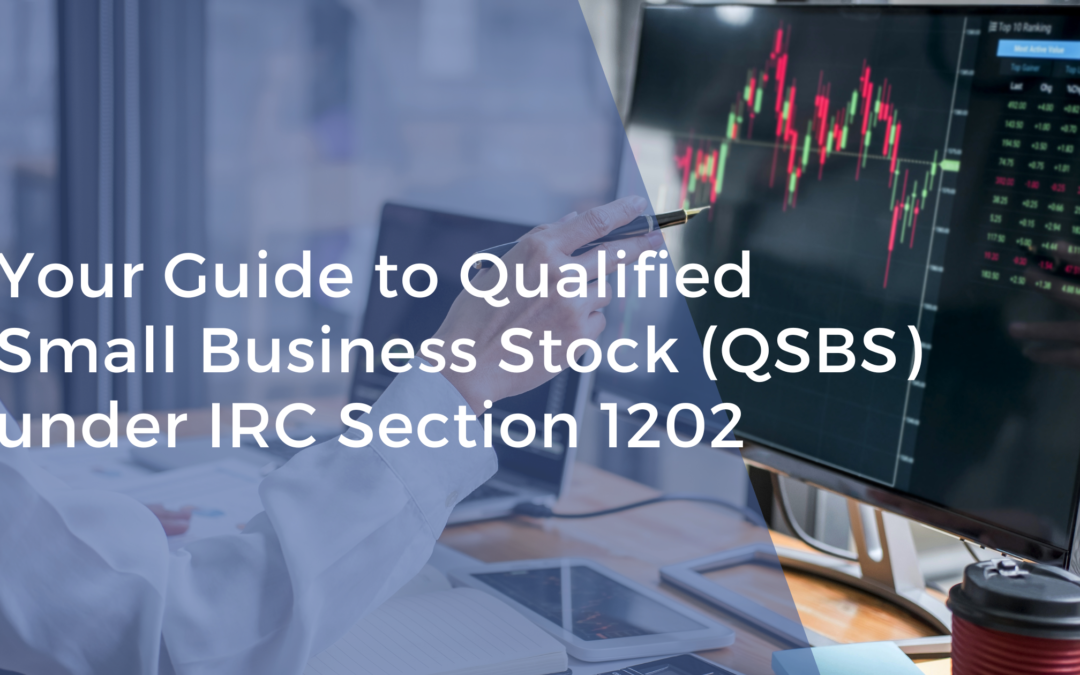Are you an investor in a small business with high growth potential? Then understanding Qualified Small Business Stock (QSBS) could be a game-changer for your taxes. Section 1202 of the Internal Revenue Code offers significant tax advantages for investors who hold QSBS for more than five years. In this post, we’ll break down the key details of QSBS and how you can leverage them for a smarter tax strategy.
What is QSBS and How Does it Benefit Investors?
QSBS refers to stock issued by a domestic C corporation meeting specific size and operational tests. If you hold QSBS for more than five years and the company qualifies, you may be eligible to exclude up to 100% of capital gains from your taxable income when you sell the stock. That’s right, reduce your tax bill substantially by investing in promising small businesses!
Understanding the Requirements: Company and Investor
There are two sets of requirements to qualify for the QSBS exclusion:
- Company Requirements:
- Must be a domestic C corporation.
- Gross assets must be under $50 million before and after issuing the stock.
- Must be engaged in a qualified active trade or business for most of the holding period.
- Investment restrictions on certain passive assets apply.
- Investor Requirements:
- Acquire the stock directly from the company (through cash, property, or services).
- Be a non-corporate taxpayer (individuals, estates, trusts).
- Hold the stock for more than five years.
- Avoid certain investment positions during the holding period.
Maximizing Your QSBS Tax Benefit
Section 1202 offers two exclusion caps to consider:
- $10 million exclusion cap: This applies to the total QSBS gains excluded for all taxpayers who sell stock from the same company.
- 10x basis exclusion cap: This is based on your original investment in the QSBS.
Strategic planning can help you maximize the exclusion benefit. Consider consulting a tax professional for personalized guidance on “stacking” and “packing” techniques to leverage these caps effectively.
The QSBS Issuance Date Matters
The date you acquire the QSBS directly impacts the exclusion percentage. Stock acquired after September 27th, 2010, qualifies for the highest exclusion of 100%. Earlier acquisition dates may result in lower exclusion percentages (50% or 75%).
Structuring Your Exit for QSBS Benefits
To claim the QSBS exclusion, it’s crucial to structure the sale as a stock sale. While buyers might prefer asset acquisitions, explore alternative deal structures like Section 351 exchanges or Section 368 reorganizations that can preserve QSBS eligibility while accommodating buyer preferences.
Conclusion: Reap the Rewards of QSBS
QSBS offers a powerful tax incentive for investors in qualified small businesses. By understanding the requirements and strategic planning, you can significantly reduce your tax burden and unlock the full potential of your investment. Remember, consulting a tax professional for personalized advice is essential to maximize your QSBS benefits.
